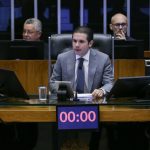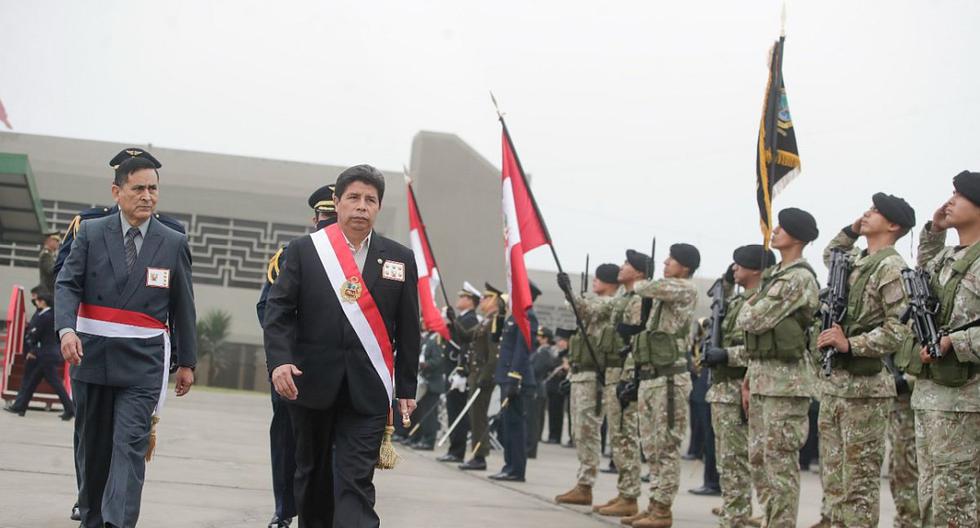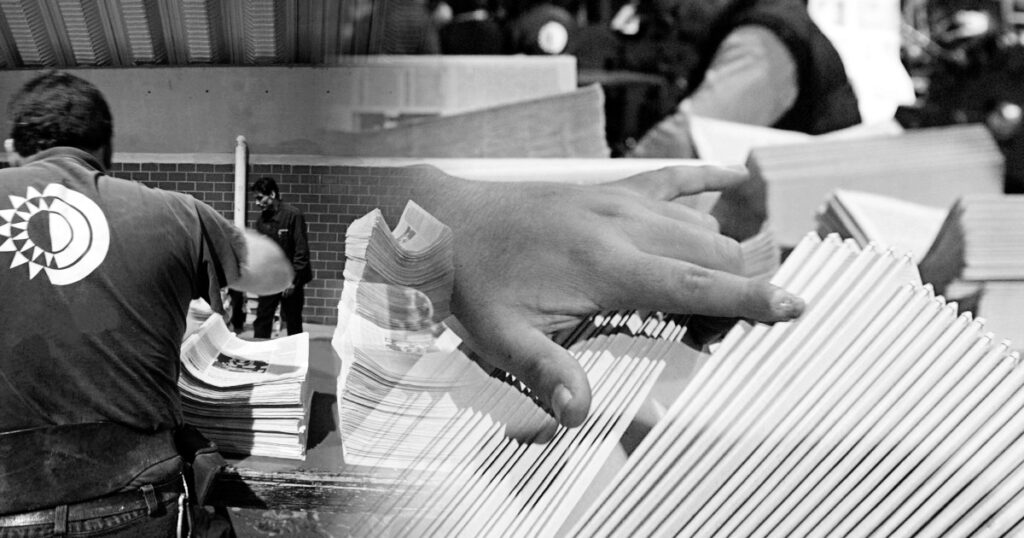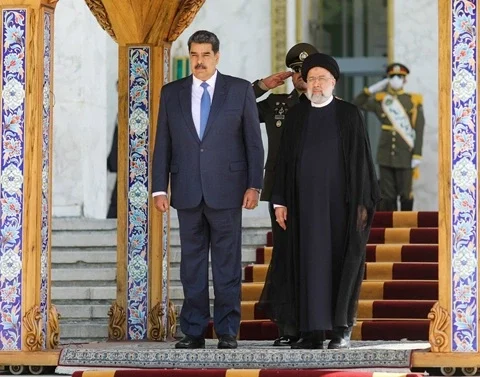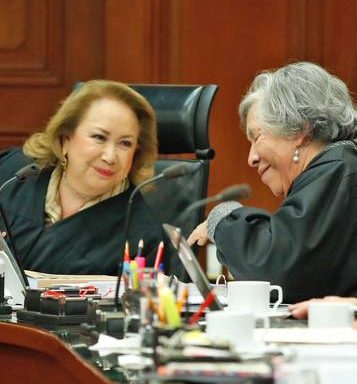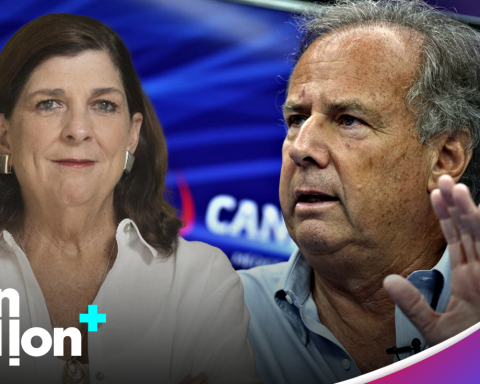Surgeons from the Children’s Orthopedics Unit of the Hospital de Clínicas de la FCM-UNA performed, for the first time, surgery for arthrofibrosis of the hip and osteoplasty or remodeling of the proximal femur on an adolescent who could no longer sit due to the condition.
Dr. Willian Cabañas, head of the Children’s Orthopedics Unit, reported that the idea was to restore quality of life to the 14-year-old adolescent, who was suffering a lot from not being able to sit down or to relieve himself lately. He explained that it comes from Caaguazú, and that when she was 12 years old she jumped into a pool with little water, without measuring the depth.
As a result, he had a severe hip injury and gradually limited mobility. She added that she consulted with him in that inland city, where she did a physical analysis, asked for auxiliary diagnostic studies, and there she found that she was affected by the right hip.
The surgeon commented that the delay in surgery occurred in the context of the pandemic, because mostly only emergency operations were performed.
She was in terrible pain, she couldn’t sit down because her leg was stiff, she couldn’t flex her hips to sit down, imagine how uncomfortable it was to sit even on the toilet and she couldn’t open her leg either, imagine the limitation that this caused her” , said.
They did the studies such as tomography to plan the surgery well and this Friday, August 26, they were admitted to release the fibrosis by means of mobilization under spinal anesthesia. Once they managed to do it, they proceeded to open the joint to be able to remodel the femoral head, because it already had a deformity, a consequence of the trauma and the years of immobility of the hip.
He explained that with the procedure they managed to give the hip joint range again, and they will continue to see how it evolves over time, so as not to reach a very aggressive treatment earlier. “When I refer to an aggressive treatment, I am referring to an early hip prosthesis in an adolescent, which is usually seen only in adulthood,” said the head of the Children’s Orthopedics Unit, Dr. Willian Cabañas.
intensive physiotherapy
The next step is for the minor to start intensive physiotherapy in about a week, consisting of hydrotherapy, he explained. This is to prevent the fibrous bridges from forming again due to the trauma she had two years ago.
Monthly X-ray controls will be carried out and the treatment will also be completed with hyaluronic acid infiltration inside the hip and they will assess how they continue afterwards. “Everything will depend on how it evolves in the first 15 days,” said Dr. Cabañas.
Regarding arthrofibrosis, he commented that it depends a lot on the intensity of the trauma for it to form, since it is not immediately thought that it can occur in children and adolescents. She added that perhaps, if the girl agreed to an early MRI, she could have suspected that she could evolve into arthrofibrosis, because she was already going to see the inflamed and affected joint cartilage.
He explained that the adolescent arrived at her surgery with the complication, and that even if she had agreed to an ultrasound of the hip after the trauma, to see if there was an increase in intra-articular fluid, then it was drained to avoid this type of complication.







